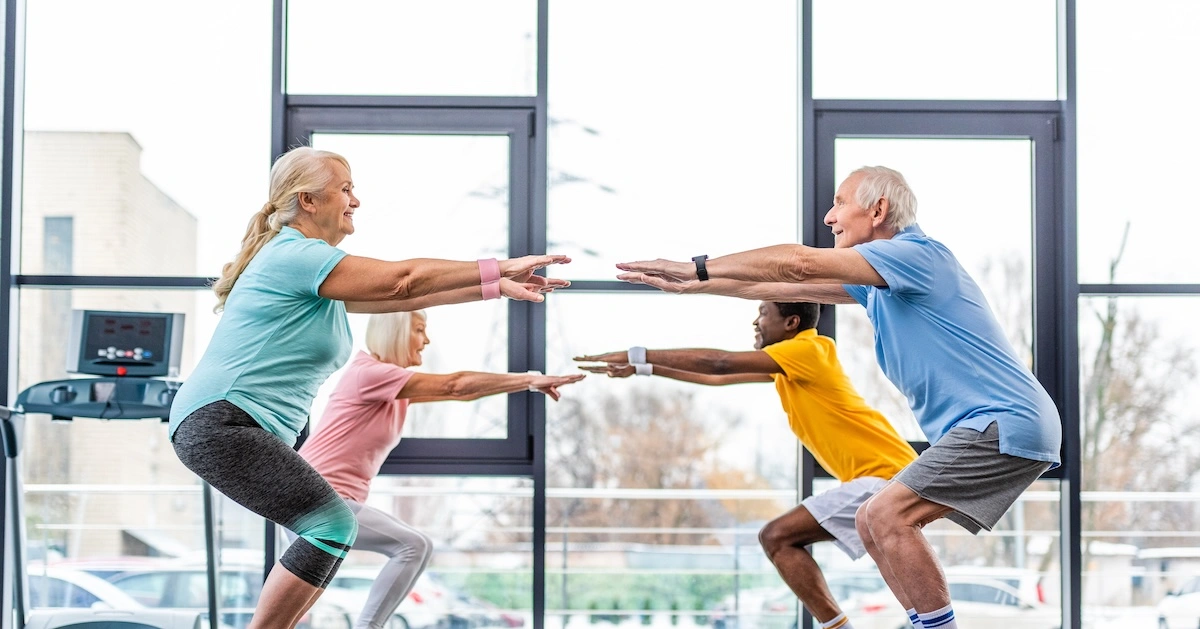Staying active is one of the most important things you can do to maintain your independence, improve overall well-being, and enjoy life to the fullest as you age. Whether you’re looking to improve strength, enhance balance, or increase mobility, the right exercises can help you feel strong, confident, and energetic every day. This guide will walk you through the best fitness routines for seniors, ensuring that every movement is safe, effective, and enjoyable.
Why Exercise Matters as You Age
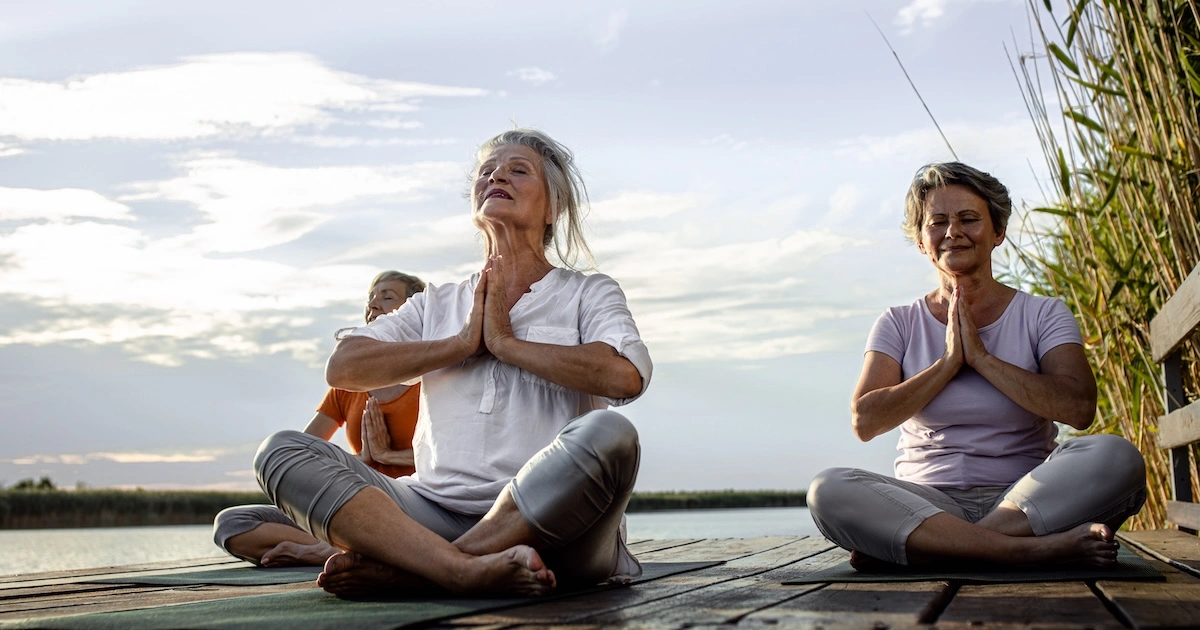
Regular physical activity is essential for maintaining good health, preventing falls, and staying mobile. Here’s why exercise should be a non-negotiable part of your daily routine:
- Boosts Strength: Prevents muscle loss and keeps you strong for everyday tasks.
- Improves Balance: Reduces the risk of falls and injuries.
- Enhances Mobility: Keeps joints flexible and supports pain-free movement.
- Supports Heart Health: Lowers blood pressure and improves circulation.
- Boosts Mood and Cognitive Function: Exercise is great for mental health and can help prevent cognitive decline.
How to Get Started with Senior Fitness
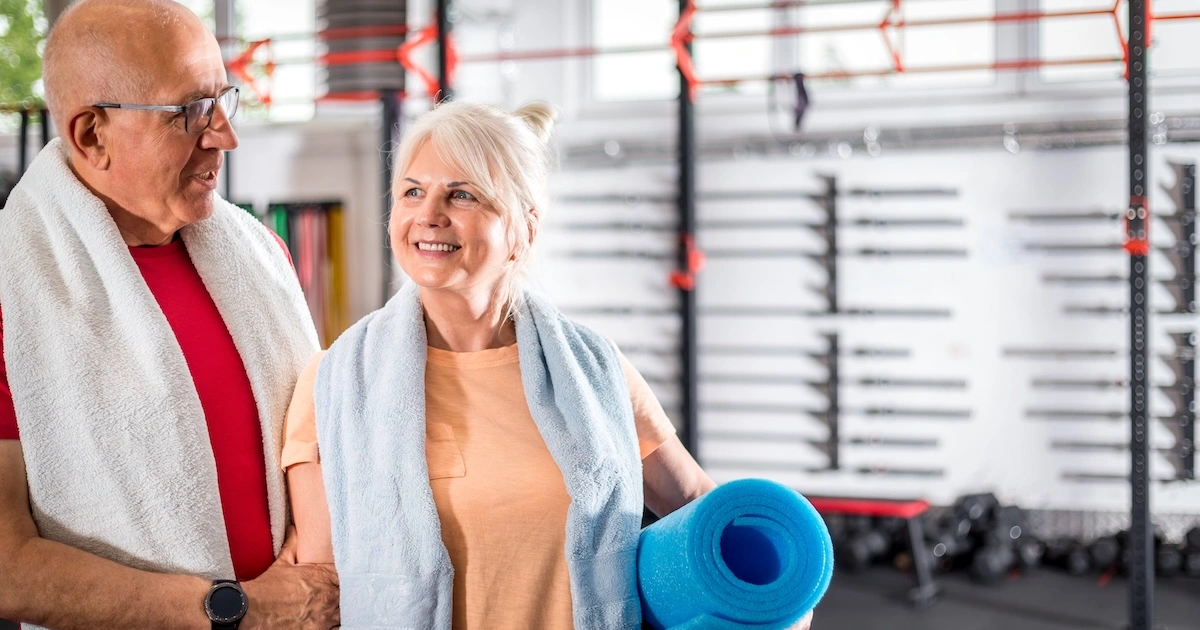
Before beginning any exercise routine, keep these tips in mind:
- Consult Your Doctor: If you have any medical conditions, check with your doctor before starting a new fitness plan.
- Listen to Your Body: Start slow and modify movements as needed to prevent strain or injury.
- Warm Up and Cool Down: Always include gentle stretching to prepare your body for movement and recover afterward.
- Stay Consistent: Aim for at least 150 minutes of moderate exercise per week (about 30 minutes, five days a week).
Best Exercises for Seniors
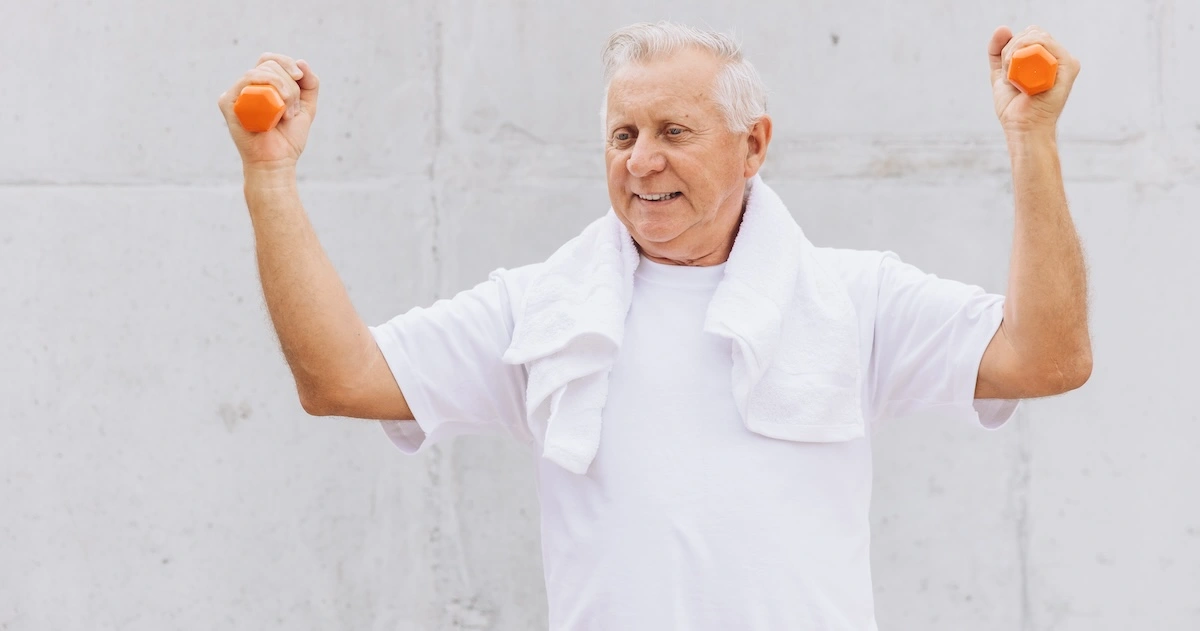
1. Strength Training for Muscle and Bone Health
Strength training helps build muscle, maintain bone density, and improve overall body strength. Use light weights, resistance bands, or bodyweight exercises to get started.
Recommended Exercises:
- Chair Squats: Stand in front of a chair, lower yourself slowly, and stand back up.
- Wall Push-Ups: Stand a few feet from a wall, place hands against it, and push your body back and forth.
- Seated Leg Lifts: Sit in a chair and lift one leg at a time, engaging your thigh muscles.
- Bicep Curls with Light Weights: Hold small weights (or water bottles) and curl your arms up and down.
How Often: Perform strength exercises 2-3 times per week.
2. Balance Exercises to Prevent Falls
Improving balance reduces the risk of falls, helping you stay steady on your feet.
Recommended Exercises:
- Heel-to-Toe Walk: Walk in a straight line, placing one foot directly in front of the other.
- Single-Leg Stand: Hold onto a chair for support and lift one foot off the ground for a few seconds.
- Toe Taps: Stand behind a chair and tap your toes forward and to the sides.
- Tai Chi or Yoga: Gentle movements that enhance stability and coordination.
How Often: Incorporate balance exercises 3-5 times per week.
3. Mobility Exercises for Flexibility and Joint Health
Maintaining mobility helps with daily activities like reaching, bending, and walking comfortably.
Recommended Exercises:
- Seated Torso Twists: Sit in a chair, place hands on your lap, and gently twist your torso side to side.
- Neck Stretches: Slowly tilt your head from side to side to release tension.
- Shoulder Rolls: Lift shoulders up, roll them back, and lower them.
- Seated Knee Extensions: Sit in a chair and straighten one leg at a time to stretch your thighs and knees.
How Often: Perform mobility exercises daily.
4. Low-Impact Cardio for Heart Health and Endurance
Cardio keeps your heart strong, boosts circulation, and improves lung function. Opt for low-impact options that are easy on the joints.
Recommended Exercises:
- Walking: A great, low-impact way to stay active.
- Swimming or Water Aerobics: Excellent for joint-friendly movement.
- Cycling on a Stationary Bike: Gentle on the knees and great for endurance.
- Dancing: A fun way to move while improving coordination.
How Often: Aim for 30 minutes of moderate cardio at least 5 days a week.
Staying Safe While Exercising
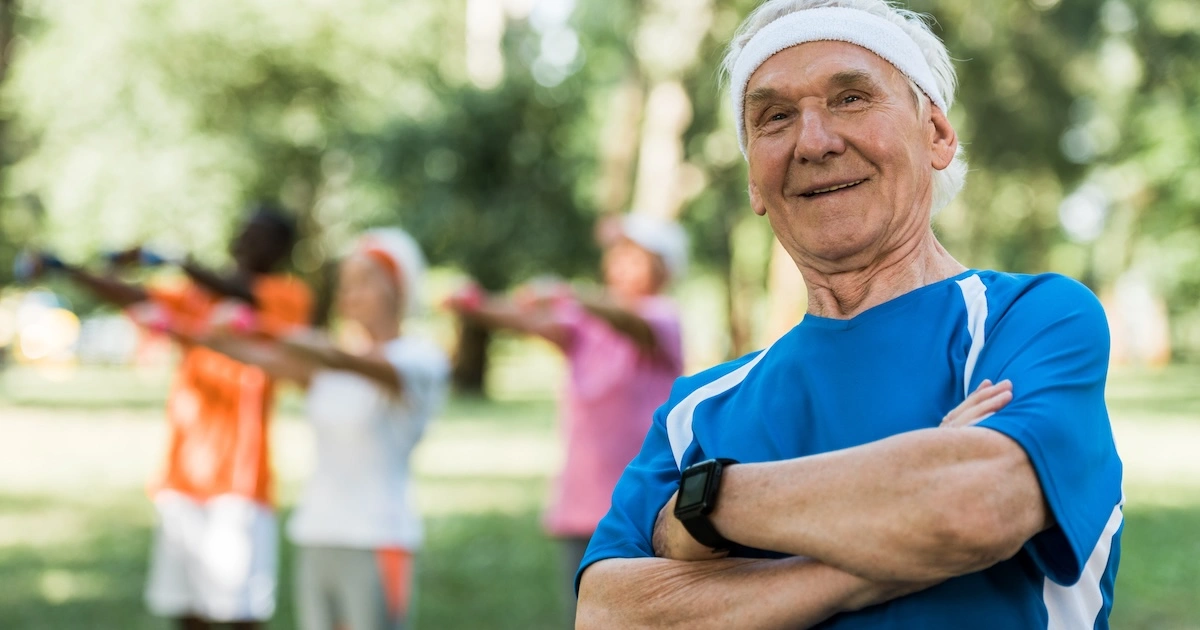
To make the most of your fitness routine while avoiding injury, keep these safety tips in mind:
- Use Proper Form: Ensure you’re performing exercises correctly to avoid strain.
- Modify When Needed: Adjust movements to fit your comfort level.
- Stay Hydrated: Drink plenty of water before, during, and after workouts.
- Avoid Overexertion: Stop if you feel dizzy, short of breath, or in pain.
Making Exercise a Fun Part of Your Routine
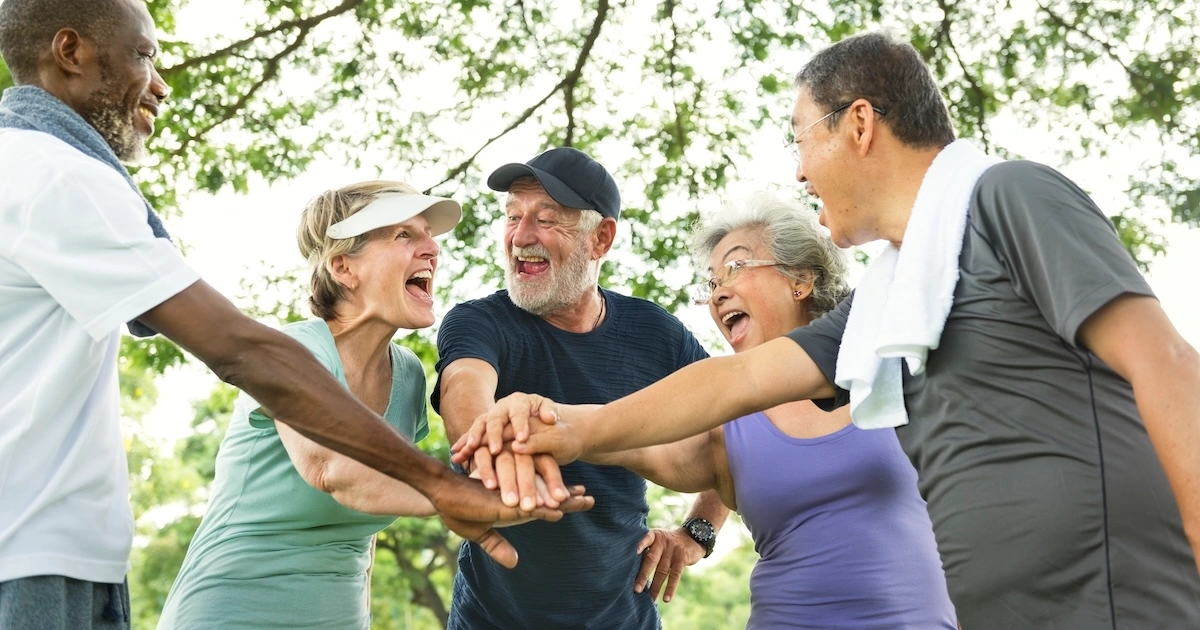
Exercise doesn’t have to be a chore! Here are some ways to stay motivated and make fitness enjoyable:
- Find an Exercise Buddy: Working out with a friend adds accountability and fun.
- Try a Senior Fitness Class: Many community centers offer group classes tailored for seniors.
- Set Realistic Goals: Start small and gradually increase intensity.
- Listen to Music or Audiobooks: Make workouts more enjoyable with entertainment.
Final Thoughts: Stay Active, Stay Independent
Aging doesn’t mean slowing down—it’s an opportunity to stay strong, move with confidence, and enjoy life to the fullest. By incorporating strength, balance, mobility, and cardio exercises into your routine, you can maintain independence and improve your overall well-being.
Start today! Pick one or two exercises from this guide and add them to your daily routine. Remember, it’s never too late to start moving and feeling your best!
What’s Your Next Step?
What exercises are you excited to try? Let us know in the comments and share this guide with a friend who wants to stay active too!

